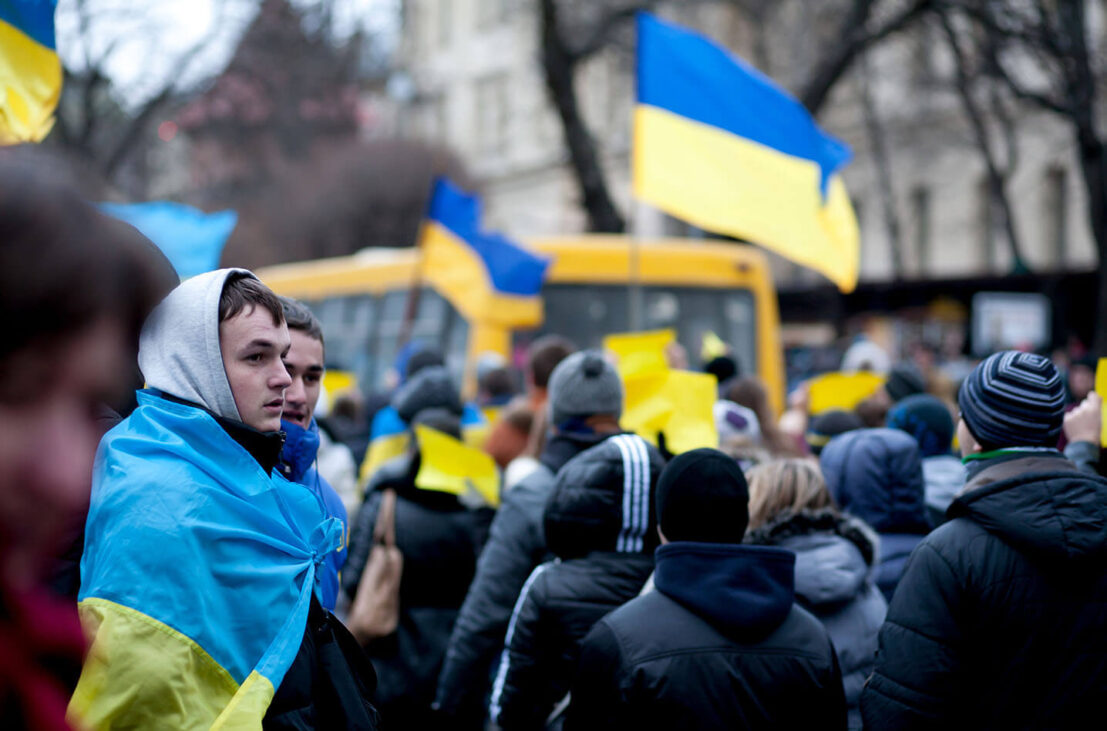
March 16, 2022
A March 16 NBAA News Hour webinar addressed several questions from the business aviation community about ongoing effects from the crisis in Eastern Europe, including airspace closures, concerns about cyber security and volatility in oil prices, as nearly one month has passed since Russian forces crossed the Ukrainian border.
Despite those uncertainties, some aspects of the current environment have become clearer. An updated NOTAM issued last week clarified the FAA’s order banning Russian citizens from flying on U.S. aircraft, limiting that ban to entities on the U.S. International Trade Administration’s consolidated screening list. Read more about the updated NOTAM.
“That significantly narrows the scope of the impact of who could or could not be flown in the United States,” said session moderator Doug Carr, NBAA’s senior vice president for safety, security, sustainability and international affairs.
Carr further noted the likelihood of “parallel pathways” between that consolidated list and the TSA’s No Fly list. He encouraged operators to familiarize themselves with the lists “to make sure we’re not carrying people on the airplane that the U.S. government doesn’t want carried.”
John Cauthen, aviation security director for MedAire and a member of the NBAA Security Council, noted Russian forces continue to advance along four axes in Ukraine, with heavy bombardments of both military and civilian targets. While it’s likely those attacks will continue, recent developments could eventually lead to an easing of hostilities.
“[Ukrainian] President Zelensky mentioned they are no longer seeking NATO membership, which was a key area of concern for [Russian] President Putin,” Cauthen said. “If this continues to draw down, there may be some positive steps or some sort of a cease fire, maybe a peace agreement.”
Oil prices also appear to have stabilized to around $100 per barrel, although analysts continue forecasting potential prices approaching double that figure. “That would pose a significant economic risk to aviation operations, regardless of where you’re flying,” said OPSGROUP International Ops Specialist David Mumford.
Airspace closures continue to affect flights across Europe, with the two main air routes avoiding Russia in close proximity to conflict regions such as Afghanistan, Iraq and Syria. Similarly, Mumford noted flights from the U.S. to Asia must now cross more than 1,500 nautical miles of airspace “where your options are really limited,” over water and with few to no alternate airports outside Russia.
Cauthen also emphasized the need for continued vigilance in an environment of “full spectrum, multi-dimensional” warfare that includes greater risk for cyberattacks against Western companies and individuals.
“We saw indications of significant hacking of satcom terminals in Europe that degraded and even disabled features,” he said. “It didn’t look like there was a significant impact to aviation or maritime, [but] that type of activity could very well translate to equipment that you have on board the aircraft.”


 International Business Aviation Council Ltd.
International Business Aviation Council Ltd.